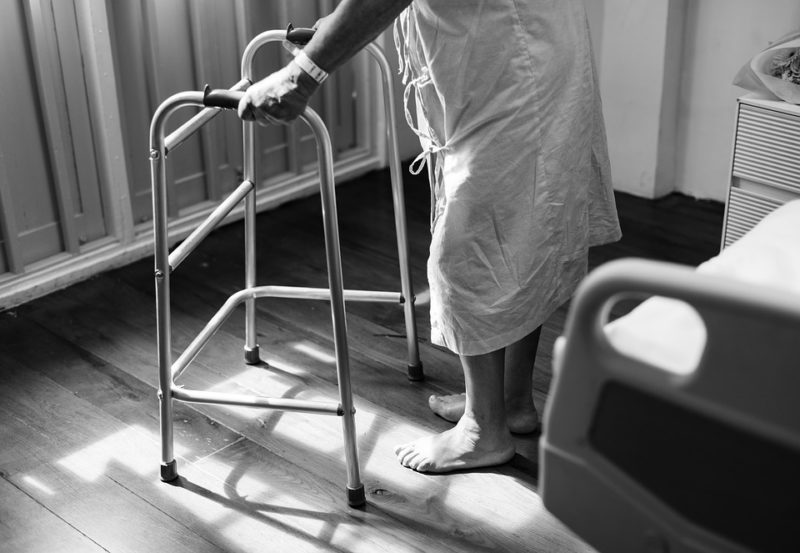What Are Panic Attacks and What Causes Them? Many of us are familiar with the phrase “panic attack.” At the same time, many of us are not entirely sure what they are and what causes them. In the event you’re dealing with a panic-related issue, the good news is you’re certainly not alone. Panic attacks are probably much more common than people realize.
It isn’t unusual for individuals to suffer a one-time panic attack as a result of stress or a stressful situation. Additionally, over two million Americans between 18 and 54 experience some type of panic disorder each year. This means that they suffer from panic attacks on a regular basis. Read on to learn more about these attacks, panic disorder, and what causes each.
What Is a Panic Attack?
Panic attacks are sudden, intense feelings of fear and anxiety. They can occur at any time, even when a person is otherwise feeling relaxed. They tend to last between 10 and 20 minutes, but the effects can linger for several hours. While panic attacks can be very uncomfortable and lead to emotional complications if they resurface frequently, typically they aren’t physically dangerous.
The actual physical effects of a panic attack differ from person to person and even from case to case. Symptoms that people commonly experience include chest pain and shortness of breath. These symptoms can easily be mistaken for those of a heart attack, especially if the person is suffering a panic attack for the first time. Other physical symptoms include faintness, nausea, hot flashes, lightheadedness, and dizziness.
What Causes Panic Attacks?
While there are a number of factors that can contribute to a panic attack, the exact causes are unknown. Panic attacks can sometimes be caused by major changes or stressful situations in life, such as a new job or the loss of a family member.
Certain people with phobias also experience panic attacks when they are exposed to whatever it is they are phobic to. Having a panic attack in a certain situation can also lead a person to think that that situation has the potential to bring on another attack. These cases are known as situationally-bound panic attacks.
Other factors can be more long term and lead to the person being more prone to future panic attacks. People who experience psychological conditions such as anxiety disorders tend to experience panic attacks as well.
These long-term, recurring cases are known as panic disorder. Panic disorders can affect anyone, but typically they affect young adults and they tend to occur more frequently in women than in men. They are usually treated through either psychological therapy, medication, or a combination of the two.
Panic attacks can be confusing and scary, especially while they are occurring. But, knowing a bit about them is the first step to helping yourself to get through them. Other things that you can do are to work on breathing techniques and cut down on caffeine and smoking.
Here’s one last tip. Hyperventilating can make many of the symptoms of a panic attack worse, while controlled, deep breathing can help to relieve the symptoms.














